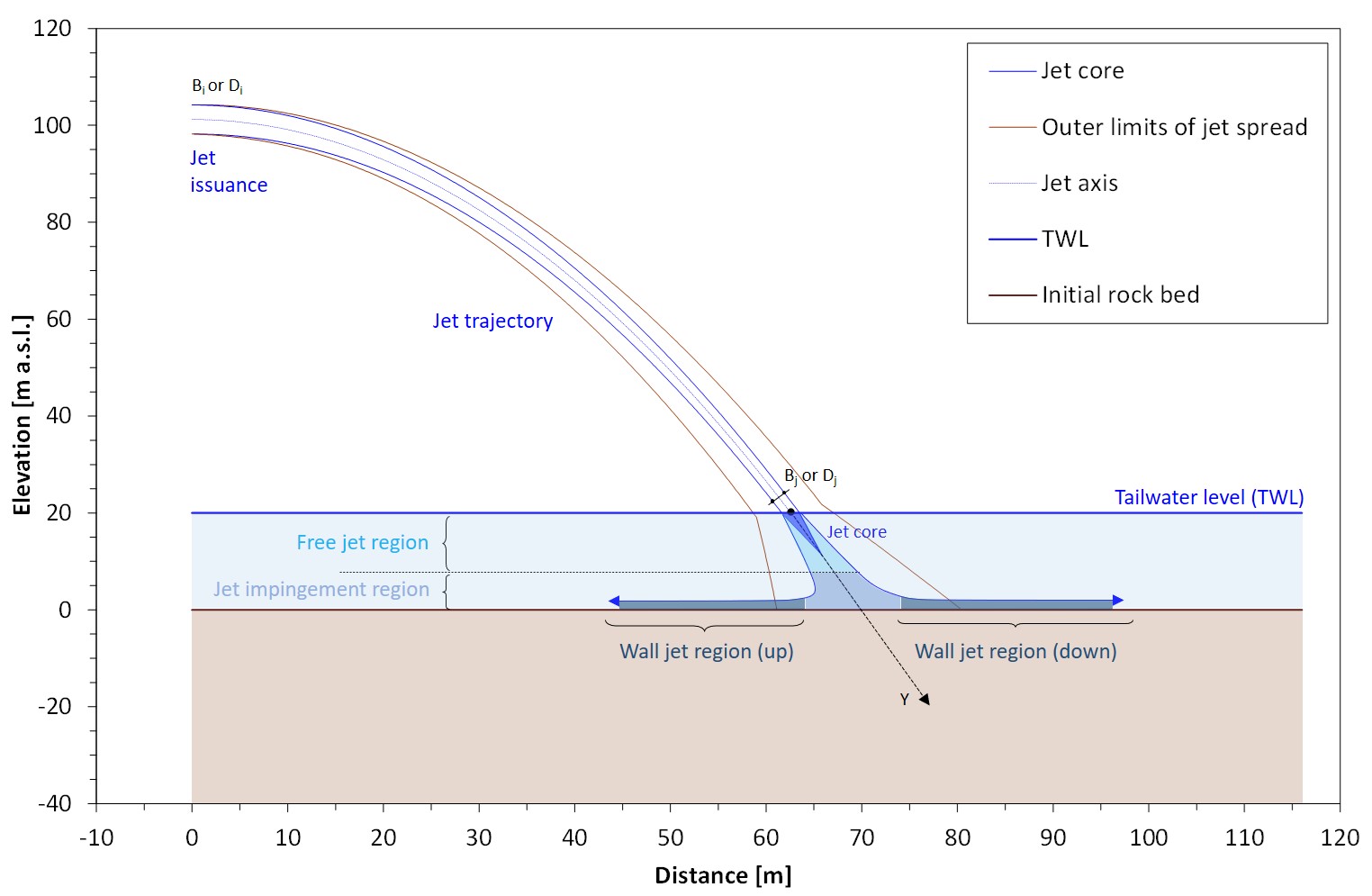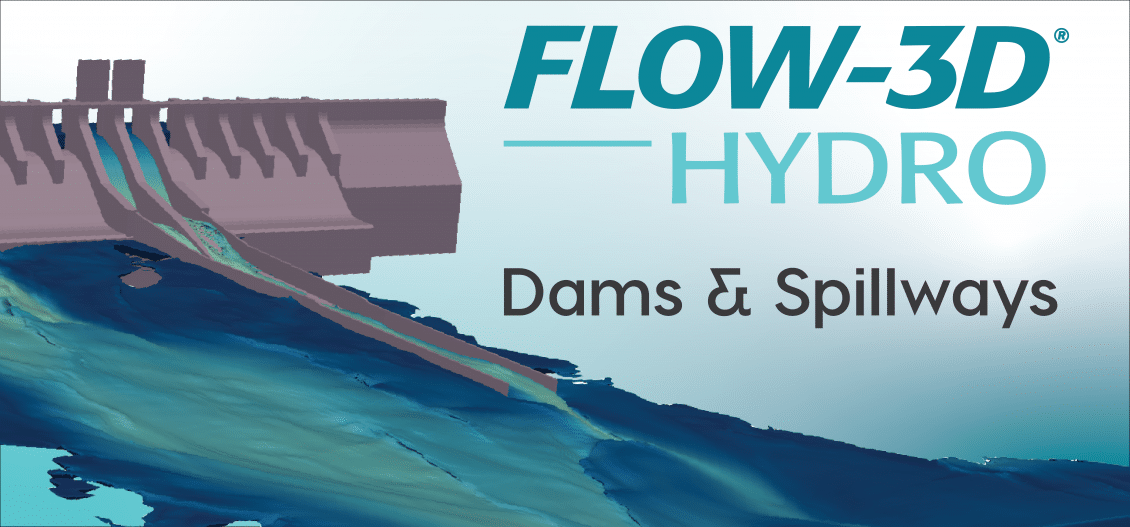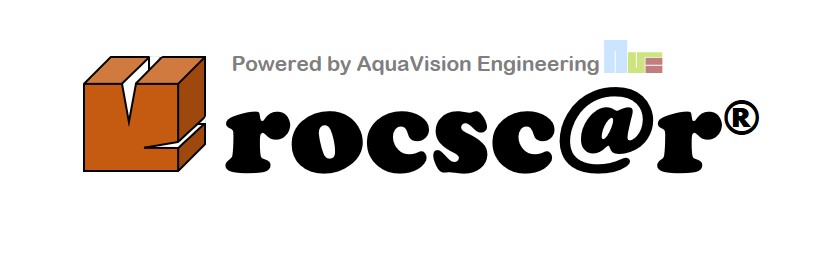
Features
The 2D_BASE version of the rocsc@r® software has the following main flow features:
- user-friendly 2D interface for visualisation of flow parameters with depth
- choice of type of turbulent flow (vertical or oblique jets, circular or rectangular jets, other turbulent flows quasi-parallel to the interface)
- automatic analytical computation of interface dynamic pressures and flow velocities for jets
- user-defined determination of interface dynamic pressures and flow velocities for other turbulent flows
- automatic analytical computation of pressure and velocity evolution with depth
- customizable coupling with FLOW-3D® CFD computational flow environment
- automatic generation of Excel-based output files containing the parametric values with depth
Plunging turbulent flows…
Plunging turbulent flows consider flows that impact the water-rock interface by developing a ballistic flow trajectory under an angle of ~ 20-90°, typically as circular jets or rectangular (nappe) jets issuing from dam spillways. Whenever a downstream water cushion is present, these flows generate a diffusive shear layer through that water cushion by progressive mixing of the impacting high-velocity jet flow with the fluid at (quasi) rest.
This type of turbulent flows has been extensively studied and described in literature and mainly distinguishes between the free jet region (i.e. region in pool with no perturbation of jet diffusion by the interface), the jet impingement region (i.e. region in pool with perturbation and pressure stagnation of the diffusive shear layer by the interface), and finally the wall jet region (i.e. transformation of impinging and stagnating flow into wall jets oriented towards up-and downstream).
Plunging turbulent flows are termed as “jets”. The rocsc@r® software distinguishes between circular-shaped jets and rectangular-shaped jets, because their diffusion and deformation through the air and through the plunge pool water depth are significantly different. Nappe flows are considered as rectangular jets with a jet width that is very large compared to the jet thickness.


…and other turbulent flows…
Turbulent flows that are oriented parallel or quasi-parallel to the water-rock interface have been dealt with separately, because of their different turbulence characteristics along the solid boundary. For practice, most cases of parallel flows are generated under the form of :
- high-velocity flows entering lined or unlined stilling basins immediately downstream of highly-sloped chutes or pressurized gates, mainly involving submerged or free hydraulic jump flows and wall jet flows
- flows over relatively long unlined chutes with no to low slope, generating flow conditions that may become uniform, or at least independent from the issuing structure upstream.
The flow turbulence generated by these geometrical situations is profoundly different from the turbulence that is characteristic for plunging jets impinging into a pool, and is mainly governed by the issuance flow conditions at the spillway, as well as the skin friction and form roughness that are specific to the water-rock interface downstream of the spillway.
The rocsc@r® software offers a generic computational interface allowing to manually define the main hydraulic parameters that represent the turbulence intensity of the flow environment, i.e. the mean and fluctuating dynamic pressures and the average flow velocities quasi-parallel to the interface.
Moreover, this generic interface is fully compatible with the FLOW-3D® CFD software. RemoteSc@r™ offers a direct connection between your workstation and the rocsc@r® cloud and allows piloting FLOW-3D® computations directly from within rocsc@r® to optimize your workflow.
FLOW-3D® CFD coupling
The hydrodynamic parameters at the water-rock interface can be numerically computed using the FLOW-3D® CFD software and directly connected to the generic interface of rocsc@r® via the RemoteSc@r™ application.
FLOW-3D® computations are piloted directly from within the RemoteSc@r™ interface. The rocsc@r® visual interface allows to visualize and analyse the intermediate and final scour results obtained by this external coupling of flow hydrodynamics and rock scour formation.

